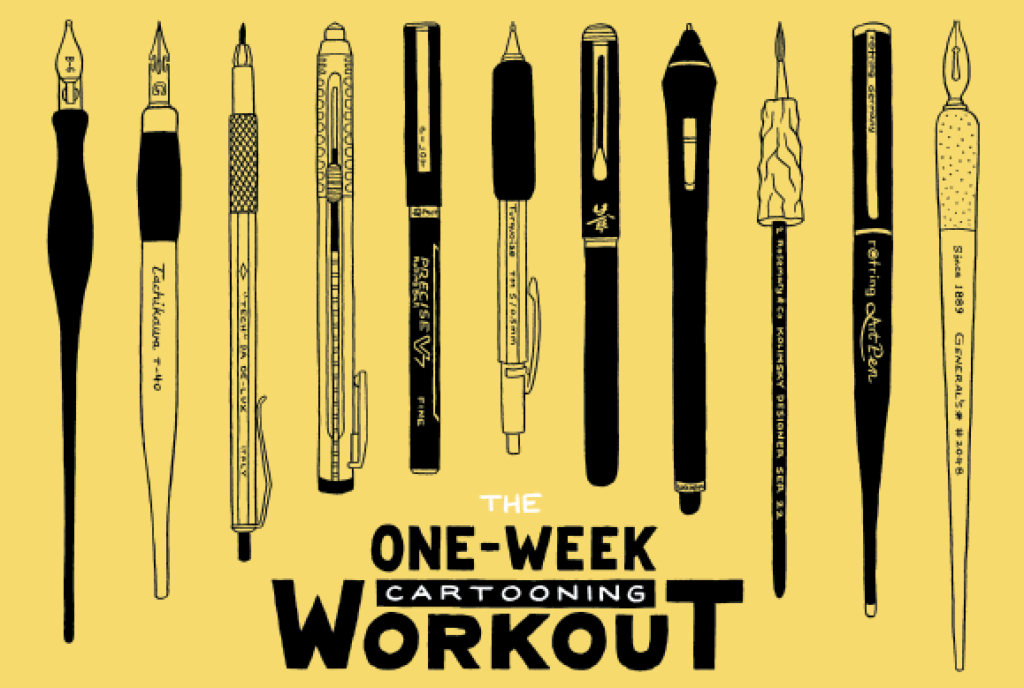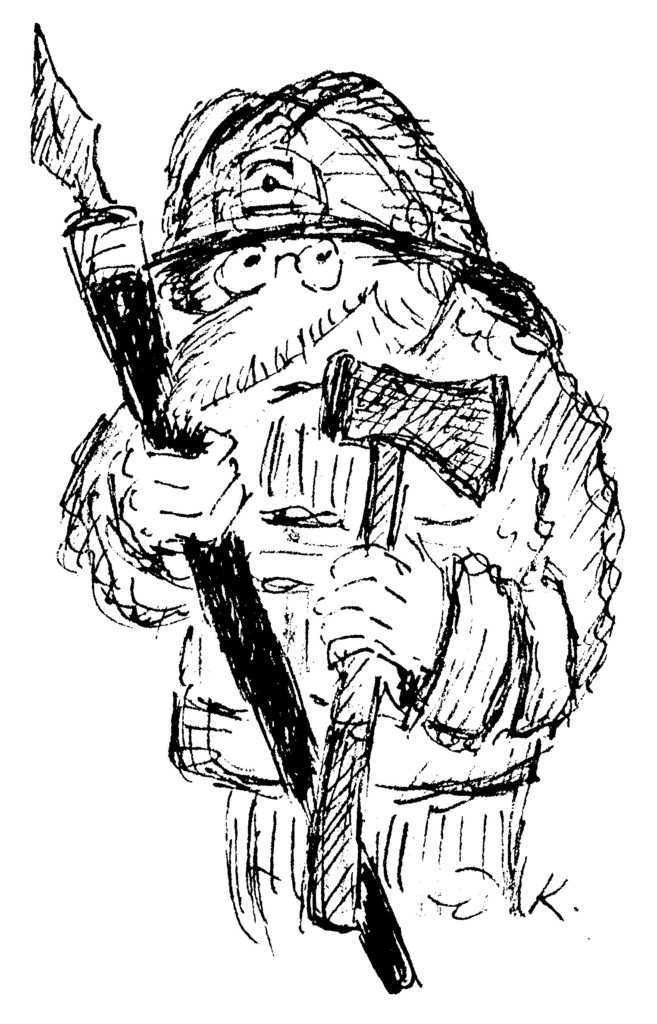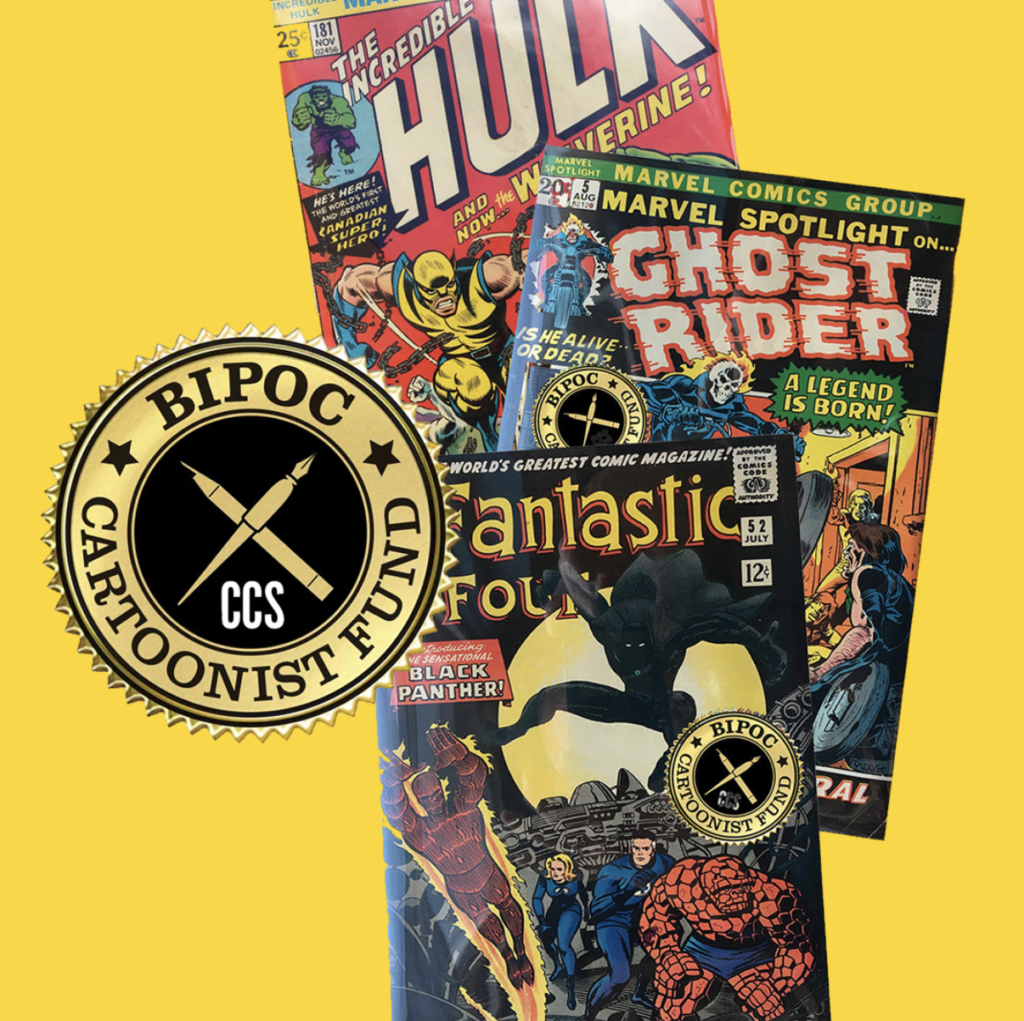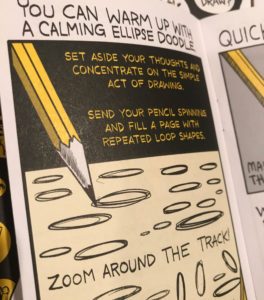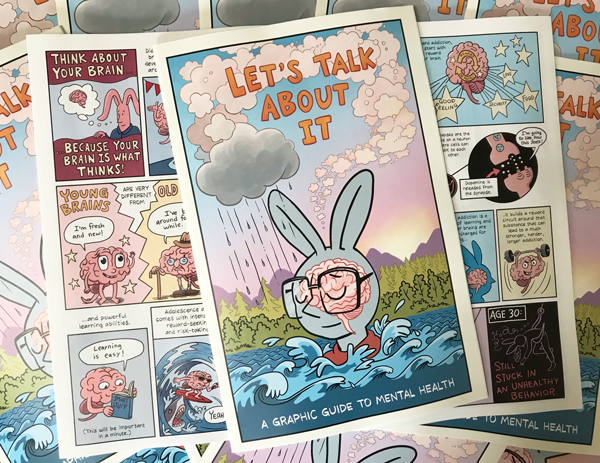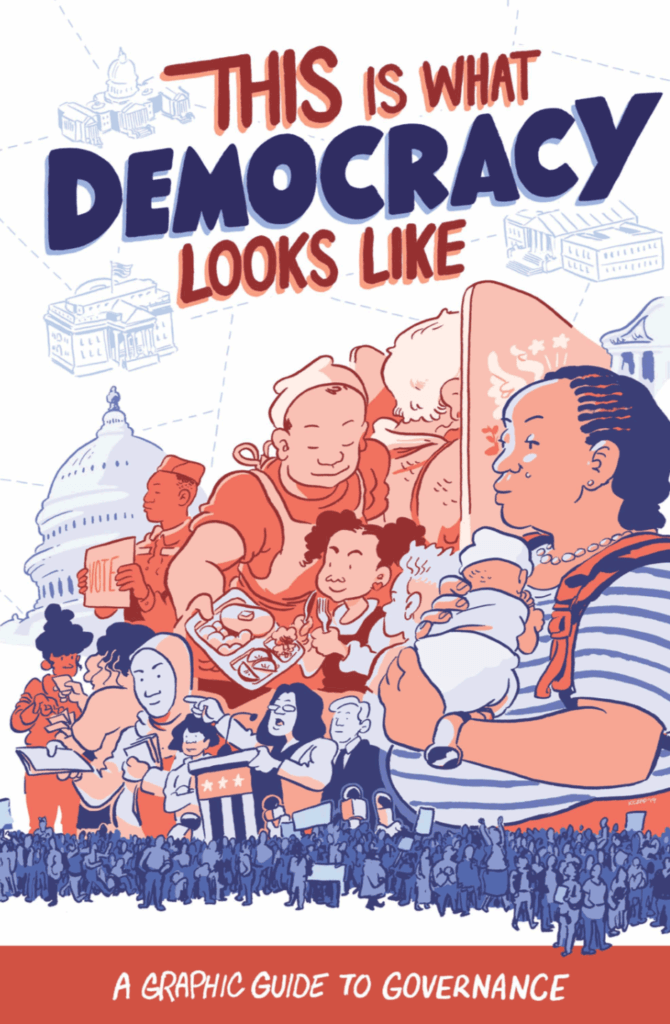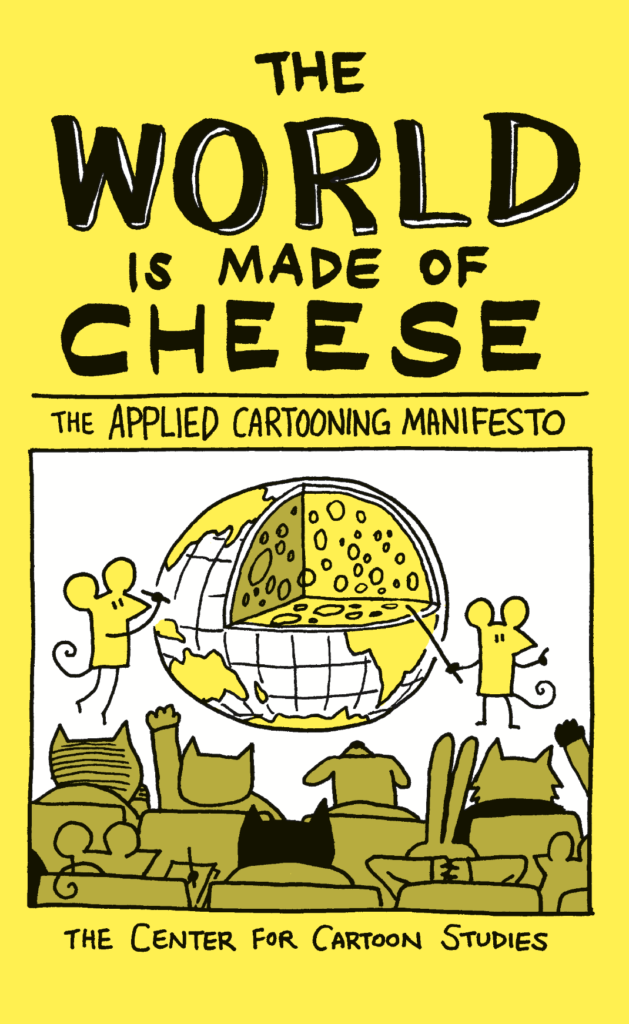March 12, 2017
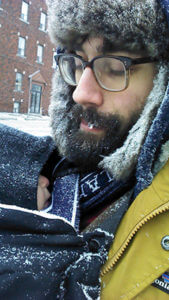
Dakota McFadzean is a Canadian cartoonist who graduated from The Center for Cartoon Studies in 2012. He went on to win a Doug Wright award in 2015 for for Don’t Get Eaten By Anything, a collection of his daily comics. Now he works for DreamWorks on Home: Adventures with Tip & Oh. He gave me (Angela Boyle ’15) a brief interview.
Who was your thesis adviser and why did you choose them?
My adviser was Joshua Cotter. I chose him because his book, Skyscrapers of the Midwest had a huge impact on me a couple of years before I went to CCS.
At that time, I was still living in my hometown of Regina, Saskatchewan, and feeling disconnected and isolated from the larger comics scene. I had no idea what kind of comics I wanted to make or how to make them, or what I would do with them once I did make them. Skyscrapers was kind of a revelation for me. It’s a book that’s about growing up in an isolated place that looked a lot like Saskatchewan. The themes and images were familiar to me, but I’d never seen someone explore them in such a funny, sad, strange way before. That book helped get me out of my rut.
If you could have had any adviser, living or dead, who would you choose and why?
That’s a really tough question. At the time I would have said Chris Ware, but now I feel like his superhuman abilities would just make me even more aware of my shortcomings as a cartoonist and person. I can imagine him giving me thoughtful, eloquent advice about the cartooning process in relation to the truths of the human experience, and then I would show him some self-indulgent comic I made inspired by my lack of understanding of myself and others and devoid of all meaning and content. He’d try to offer constructive advice, but his eyes would betray his disappointment in me. Then I’d share the experience online and get over 11 likes.
But if it could be anyone living or dead, maybe some sort of prehistoric protohuman? Pro: I could learn about the origins of storytelling. Con: They might kill me and wear my skin.
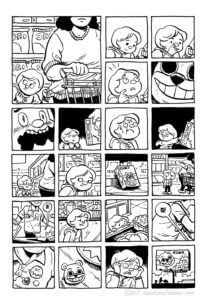
What has been your favorite experience at Dreamworks?
Working as a storyboard artist has been an interesting, educational, challenging, wonderful experience. It’s difficult to choose just one favorite moment, but I consistently enjoy pitching the storyboard because it’s so performative in contrast to the quiet solitude of comics.
I work remotely from Toronto, and every six weeks I travel to LA to pitch the board with my storyboard director. Pitches are done live in front of the whole crew including the showrunners and TV execs. It’s fun and stressful finding out which gags work and which fall flat. Some pitches go better than others, but getting a good, genuine laugh from a room full of funny people is one of the best feelings.
What have you found to be your favorite difference between cartooning and storyboarding?
Kind of related to my previous answer, but the social, collaborative aspect of storyboarding turned out to be way more appealing to me than I would have guessed. I love me some solitude. Like, I’d work alone in a cabin in the woods for months if I could. But if I want to be sane (which I do), it’s nice to work with other people once in a while. I’ve made some good friends, and I’ve been able to work on some things that I never would have made on my own.
Also, storyboarding pays money. Actual money. Consistently. And I don’t mean that flippantly. When I started this job, I was amazed at how much happier storyboard artists seem compared to comics people, and I think it’s at least partially because they’re not constantly worried about paying rent or getting sick or buying food. There’s no emailing a client for eight months because they still haven’t coughed up that $190 they owe you for that god-awful illustration gig that you should have asked more for in the first place.
Now of course, it’s not like I’m set for life. When this show ends, there’s no guarantee that there will be more work for me, so it still requires some hustling. Plus, I realize that the animation industry has its own issues and that it all depends where you work and what the company/show’s culture is like, but in general it does seem like there are more standards in place, and it seems like a healthier way to make a living from one’s story/art skills.
I’ve kind of hardwired my brain for comics, so I still find them more creatively satisfying and fulfilling. But my experience storyboarding has been exceptionally positive and it’s made me a much better writer. Somehow balancing the two would be my perfect ideal dream life.
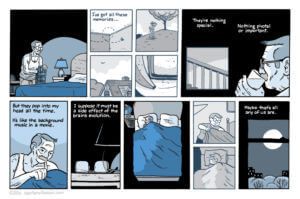
It was a big project to complete Daily Comics in the beginning of 2016. Are you currently at work on another comic project?
Yes, I’m always chipping away on a few different things.
I’ve been serializing a story in the Saskatchewan alt-weekly mags Prairie Dog and Planet S. It’s called Murray Geister: Paranormal Investigator, and it follows an elderly ghost hunter who is struggling to maintain his belief in the paranormal after spending his lifetime researching it. After it wraps up at the end of this year, I want to heavily edit and expand it to get it into graphic novel shape. I’ve never made a comic this long before, so it’s had its ups and downs, especially with storyboarding full time. But it’s been so fun to be published in alt-weeklies like I’m ’90s cartoonist in Seattle or something.
I’ve also been working on a little wordless comic about a cereal mascot who terrorizes a small child. Hoping to have that out as a minicomic in time for TCAF or CAKE. I think it’s very important to have a strange, nonsense side project when working on a Big Serious Graphic Novel. I have no doubt this little cereal comic will be infinitely better than my carefully crafted graphic novel.
With whatever time is left, I’ve been doing occasional strips for MAD Magazine and the odd short comics for Toronto magazines like Taddle Creek and Carousel.
Tags: Adventures of Tip and Oh, Alum, Alumni, Cartoon Studies, Dakota McFadzean, Dreamworks, Murray Geister
